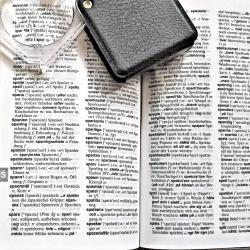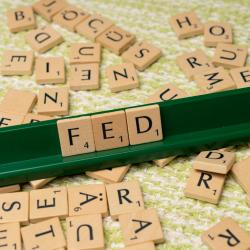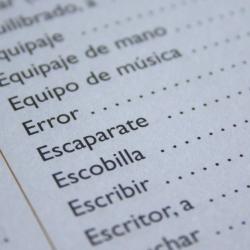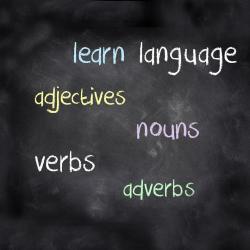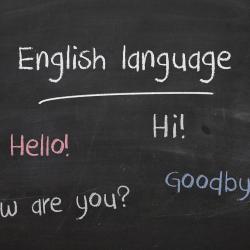How to Use Flashcards Effectively for Language Retention
In the realm of language learning, flashcards have stood the test of time as one of the most effective tools for retention and recall. Offering a simple yet powerful means to engage with new vocabulary, grammar rules, and idiomatic expressions, flashcards help learners internalize language components through repetitive, spaced practice. However, to maximize their potential, it's essential to use flashcards thoughtfully and strategically. This article explores the best practices for employing flashcards effectively in your language retention journey.
-
Understand the Basics
Flashcards serve as compact units of information, typically featuring a question, word, or phrase on one side and the answer or translation on the other. This format encourages active recall, a crucial process that strengthens memory pathways. Whether physical or digital, creating your flashcards ensures you tailor them to your learning needs. -
Leverage Spaced Repetition
Spaced repetition is a scientifically backed method that enhances memory by presenting information at optimal intervals. Tools like Anki or Quizlet automate this process, scheduling cards for review just before you are likely to forget them. This method takes advantage of the spacing effect, which posits that information is retained more effectively when reviews are spaced over longer periods. -
Incorporate Visuals
Associating words with images can significantly boost memory retention. When creating flashcards, include pictures that convey the meaning or context of a word. This technique leverages dual coding theory, which suggests that both verbal and visual memory channels collaborate to enhance recall. -
Focus on Context
Flashcards are not just for rote memorization; they can help internalize language contextually. Instead of single words, use phrases or sentences that demonstrate word usage in context. This approach helps in understanding nuances and grammatical structures, facilitating more natural language application. -
Use Active Learning Techniques
Encourage deeper cognitive processing by incorporating active learning techniques into your flashcard routine. For example, when reviewing a flashcard, try to use the word in a sentence, relate it to a similar word in your native language, or think of a personal anecdote involving the term. Such exercises reinforce connections and aid long-term retention. -
Mix It Up
Monotony can hinder effective learning. Keep your sessions lively by shuffling cards, switching from one language skill to another (e.g., vocabulary to grammar), or varying the type of content (e.g., some visual, some text-based). This variety not only maintains engagement but also prepares you to retrieve language knowledge flexibly. -
Regular Review and Self-Testing
Consistency is key in language learning. Schedule regular flashcard sessions, ensuring they fit into your daily or weekly routine. Self-testing, a central component of flashcard learning, is an active recall practice shown to enhance memory retention more effectively than passive review. Through testing yourself, you identify areas needing extra focus and reinforce information retrieval skills. -
Collaborate and Communicate
Engage with others as part of your flashcard practice. This could be through language exchange partners, study groups, or online forums. Sharing flashcard decks or quizzing each other can provide new perspectives, learning insights, and a sense of accountability. Dialogue using flashcard themes enhances conversational confidence and application in real-world scenarios.
Conclusion
Flashcards are a timeless and adaptable tool for language learners looking to enhance retention and recall. By applying these strategic approaches—such as spaced repetition, contextual learning, and active recall—you can unlock the full potential of flashcards in your language acquisition journey. With consistent effort, engagement, and creativity, you will find yourself better equipped to speak, understand, and enjoy your new language skills.

